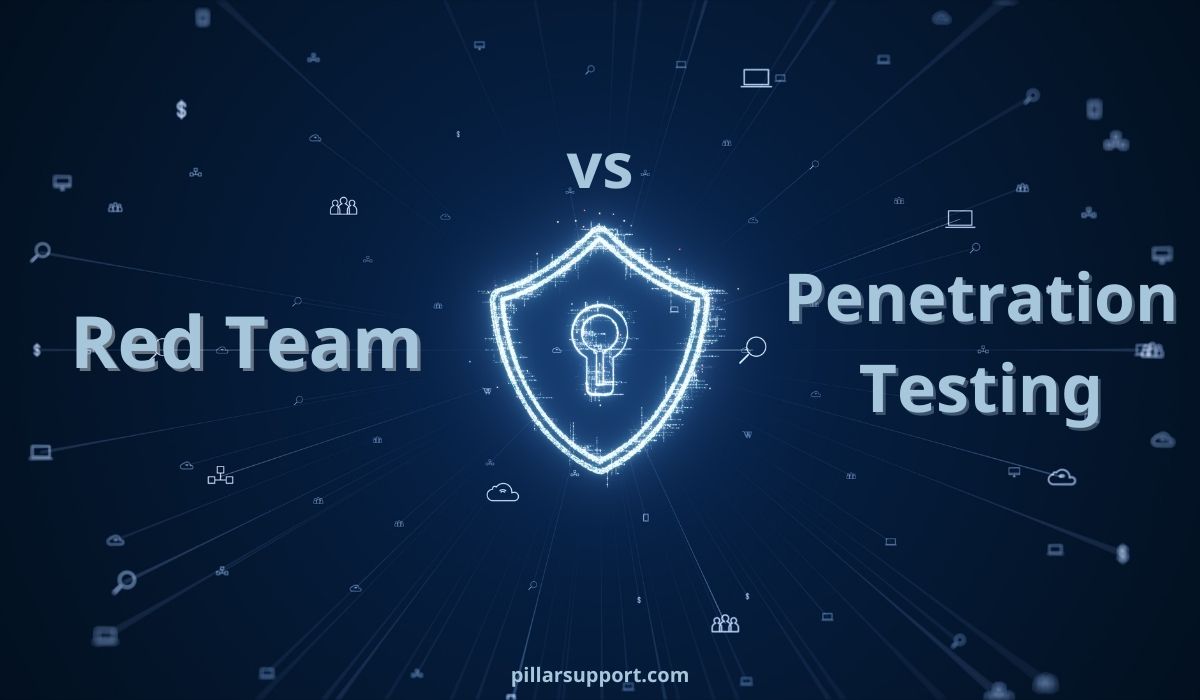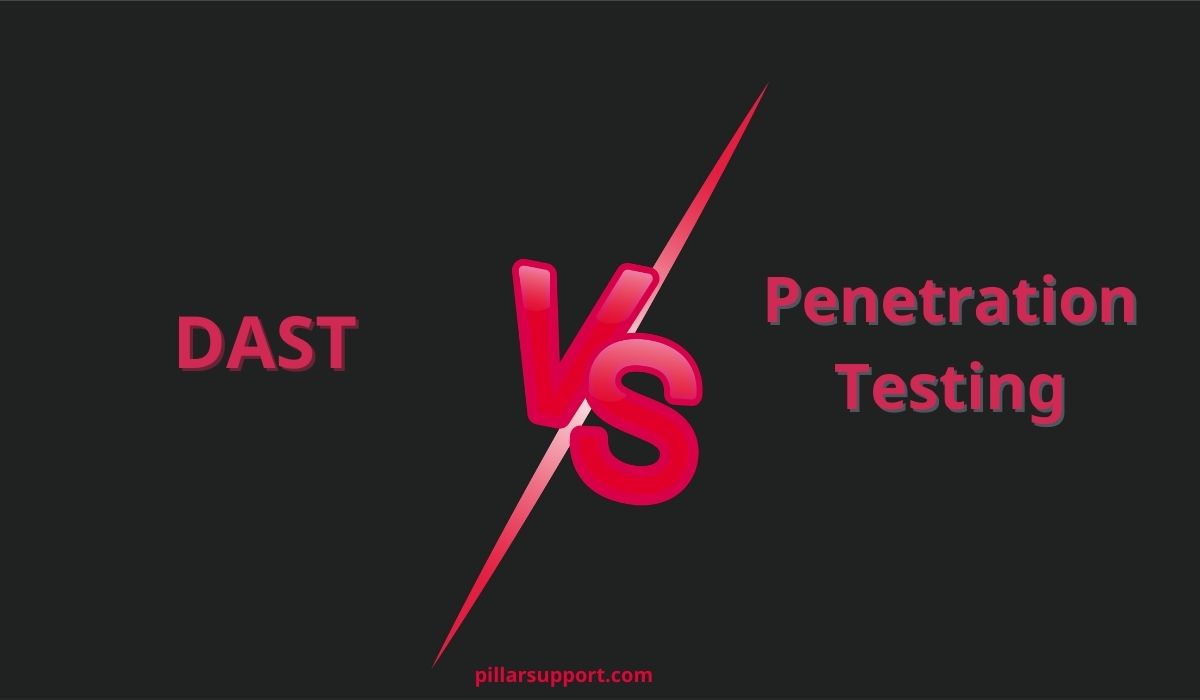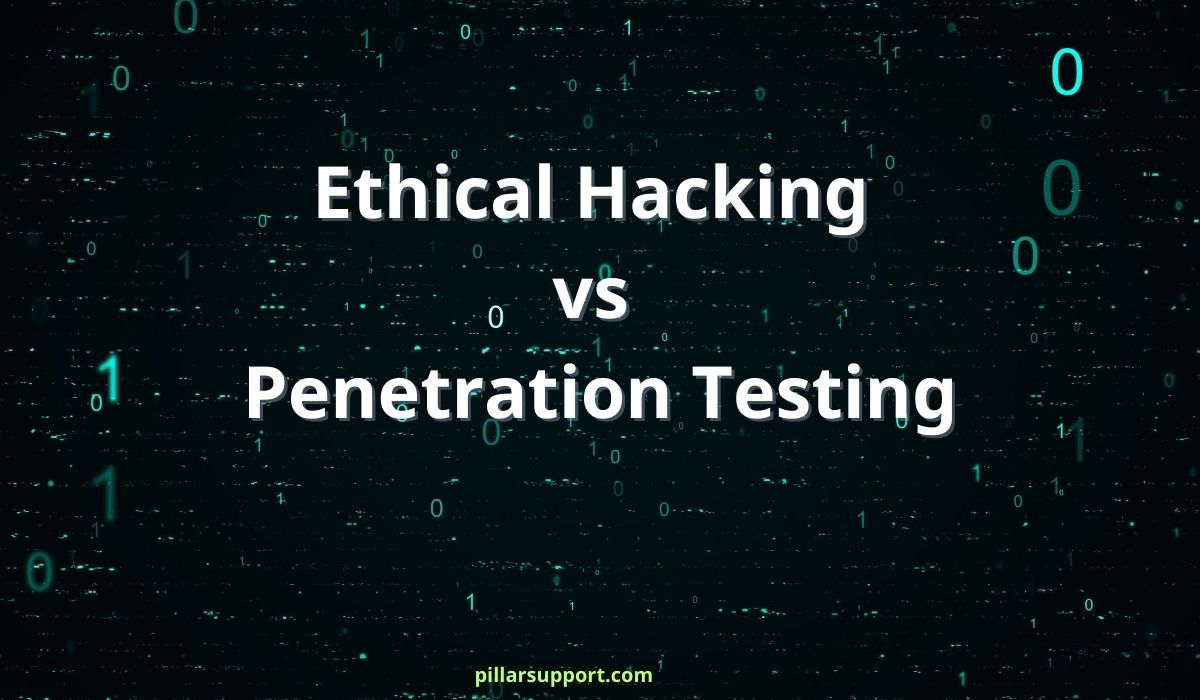Differentiating Red Team vs Penetration Testing
In the realm of cybersecurity, organizations employ various strategies to assess and fortify their defenses against potential threats. Two prominent methodologies in this regard are Red Team vs Penetration Testing. While both aim to identify vulnerabilities and improve security posture, they differ significantly in their approach, scope, and objectives.
In this blog, we will delve into the distinctions between Red Teaming and Penetration Testing, exploring their unique methodologies, applications, and the value they bring to cybersecurity initiatives. By understanding these differences, organizations can make informed decisions about which approach best suits their security needs and objectives.
Table of Contents
Understanding Red Team Exercises
Imagine a scenario where a highly skilled team of ethical hackers launches a simulated cyberattack on your organization’s IT infrastructure. This isn’t a nightmare – it’s a red team exercise, a powerful security assessment technique designed to test your defenses against real-world threats.
What are Red Team Exercises?
Red team exercises are complex simulations of cyberattacks conducted by a dedicated team, the “red team,” who employ the tactics, techniques, and procedures (TTPs) of real-world adversaries. The objective? To uncover weaknesses in your security posture that malicious actors might exploit.
Objectives of Red Team Exercises
Red team exercises serve several crucial objectives:
- Identify vulnerabilities: Similar to penetration testing, red teams go beyond basic scans. They attempt to gain unauthorized access to your systems and data, mimicking the persistence and creativity of real attackers. This can expose vulnerabilities that might have been missed by traditional security assessments.
- Evaluate incident response capabilities: Red team exercises test your organization’s ability to detect, contain, and recover from a cyberattack. This includes evaluating your security team’s response protocols, communication procedures, and decision-making under pressure.
- Improve security posture: By realistically simulating an attack, red team exercises reveal critical security gaps that can be addressed before a real attack occurs.
- Promote collaboration: Red team exercises often involve collaboration between different departments within your organization, such as IT security, operations, and management. This fosters communication and strengthens the overall security culture.
Simulating the Real World: How Red Teams Operate
Unlike penetration testing, which focuses on technical vulnerabilities, red team exercises take a more holistic approach. They may involve:
- Social engineering: Red team members may attempt to trick employees into revealing sensitive information or clicking on malicious links.
- Physical security testing: They might test the physical security measures of your facilities, looking for weaknesses in access control.
- Exploiting vulnerabilities: The red team will attempt to exploit any vulnerabilities they discover in your systems and applications.
The Benefits of Red Teaming
Red team exercises offer a valuable perspective on your organization’s security posture by simulating a real-world attack. This allows you to:
- Proactively address weaknesses: Identify and fix vulnerabilities before attackers can exploit them.
- Boost incident response readiness: Test and refine your response procedures to minimize the impact of a real attack.
- Strengthen your security culture: Raise awareness of cybersecurity risks and encourage a culture of security vigilance within your organization.
While red team exercises can be complex and disruptive, the benefits outweigh the challenges. They provide a crucial opportunity to test your defenses and ensure you’re prepared for the ever-evolving threat landscape.
Red Team vs Penetration Testing: Key Differences
Both red teaming and penetration testing are valuable tools in the cybersecurity toolbox, but they serve distinct purposes and employ different approaches. Here’s a breakdown to help you understand their key differences:
1. Methodology
- Red Teaming: Red team exercises are highly realistic simulations of real-world cyberattacks. Red teams operate with limited restrictions, mimicking the persistence and creativity of malicious actors. They employ a blend of social engineering, physical security testing, and technical exploit attempts.
- Penetration Testing: Penetration testing follows a more structured approach. Testers focus on identifying vulnerabilities in systems and applications using a combination of automated tools and manual techniques. The scope is typically predefined and the testing environment may be isolated from the live production environment.
2. Objectives
- Red Teaming: The primary objective of a red team exercise is to evaluate your organization’s overall security posture. This includes testing your defenses against various attack vectors, assessing your incident response capabilities, and identifying potential gaps in communication and collaboration.
- Penetration Testing: The primary objective of penetration testing is to identify and exploit vulnerabilities in systems and applications. This helps prioritize remediation efforts and improve the overall security of your IT infrastructure.
3. Scope
- Red Teaming: Red team exercises can be comprehensive, encompassing your entire IT infrastructure, physical security measures, and even employee awareness. Testing can be open-ended, allowing the red team to explore different attack vectors and pivot their tactics as they progress.
- Penetration Testing: Penetration testing typically has a well-defined scope that focuses on specific systems, applications, or network segments. Testers operate within agreed-upon parameters to avoid disrupting ongoing operations.
Here’s an analogy to illustrate the difference
- Red teaming: Imagine a surprise military exercise where the enemy forces use various tactics (including social deception) to test your entire defense system.
- Penetration testing: Think of a special forces team tasked with meticulously searching a building for hidden explosives. Their mission is specific and focused.
Red Team vs Penetration Testing: Factors to Consider When Choosing Between Them
Here are the factors to consider when comparing red team vs penetration testing:
1. Cybersecurity Goals
- Red teaming: Assess overall security posture and incident response.
- Penetration testing: Identify and prioritize vulnerabilities in specific systems.
2. Budget and Resources
- Red teaming: More expensive and resource-intensive.
- Penetration testing: Generally more cost-effective and requires fewer resources.
3. Regulatory Compliance
- Penetration testing: Often mandated for compliance.
- Red teaming: Not typically mandated, but can demonstrate proactive security.
4. Severity of Cyberattacks
- Red teaming: Valuable for high-risk organizations with sensitive data.
5. Internal Security Expertise
- Penetration testing: Might be sufficient for organizations with a strong internal security team.
- Red teaming: Often requires more external expertise due to its complexity.
Red Team vs Penetration Testing: Which Approach is Right for Your Business?
The ideal approach depends on your specific needs:
- For a comprehensive evaluation of your overall security posture: Red teaming is the better option.
- For identifying and exploiting vulnerabilities in specific systems and applications: Penetration testing is the preferred method.
Many organizations benefit from a combined strategy:
- Conduct periodic red team exercises to assess your overall security posture at a broader level.
- Regularly perform penetration testing to identify and address vulnerabilities in critical systems and applications.
By understanding the distinct roles of red teaming and penetration testing, you can make informed decisions to proactively fortify your defenses and stay ahead of evolving cyber threats.
Don’t Leave Your Security to Chance!
Ready to fortify your organization’s defenses against cyber threats? Contact us today for expert guidance on selecting and conducting cybersecurity testing. Whether you’re considering Red Team Exercises or Penetration Testing, our team is here to help. Learn more about our comprehensive PenTest services and our partnership with Vonahi Security by calling 212-255-3970 and asking for Michael or Richard. Let’s strengthen your security posture together.
Frequently Asked Questions
What is the Purpose of Hiring a Red Team to Do a Penetration Test?
The purpose of hiring a red team for a penetration test is to conduct a comprehensive assessment of an organization’s security defenses by simulating real-world attacks. Red teams use advanced tactics to identify vulnerabilities, test detection and response capabilities, and provide actionable insights to improve overall cybersecurity posture.
What is the Difference Between Red Team and Vulnerability Assessment?
Red team exercises involve simulating real-world attacks to test an organization’s overall security posture, including people, processes, and technology. On the other hand, a vulnerability assessment focuses primarily on identifying and prioritizing specific vulnerabilities within an organization’s systems and networks.
What is the Difference Between Red Team and Penetration Testing?
Red team exercises and penetration testing both involve assessing an organization’s security, but they differ in scope and approach. Red team exercises aim to simulate realistic cyber attacks, often without prior knowledge or restrictions, to evaluate the effectiveness of defenses. Penetration testing, meanwhile, typically focuses on identifying and exploiting vulnerabilities in a controlled manner to assess specific systems or applications.
How Do Red Team Exercises and Penetration Testing Contribute to Cybersecurity?
Red team exercises and penetration testing play crucial roles in strengthening cybersecurity defenses. By identifying weaknesses, gaps, and potential entry points in an organization’s security posture, these activities help organizations proactively address vulnerabilities, improve incident response capabilities, and enhance overall resilience against cyber threats.



